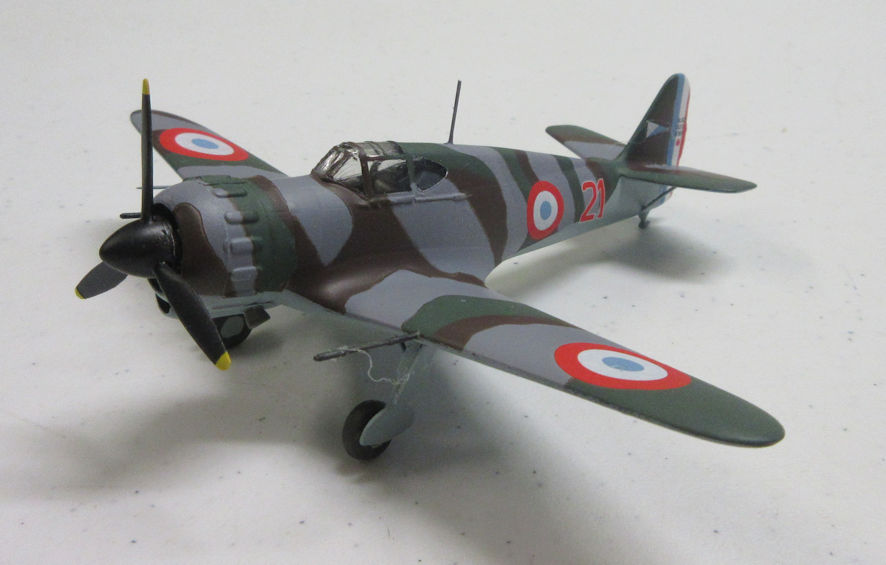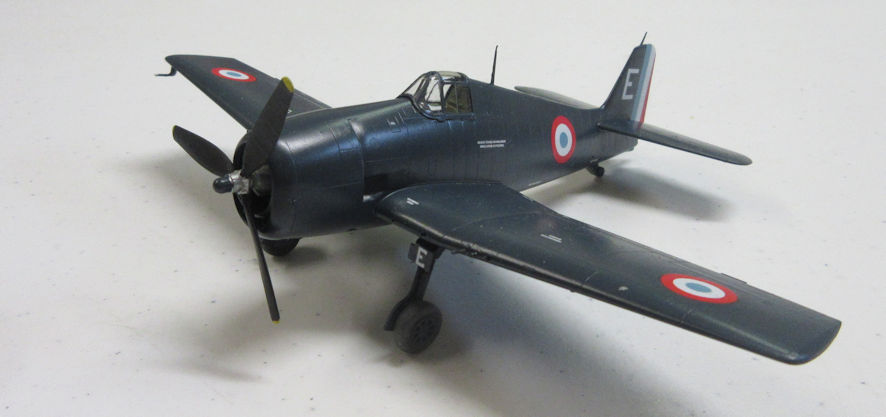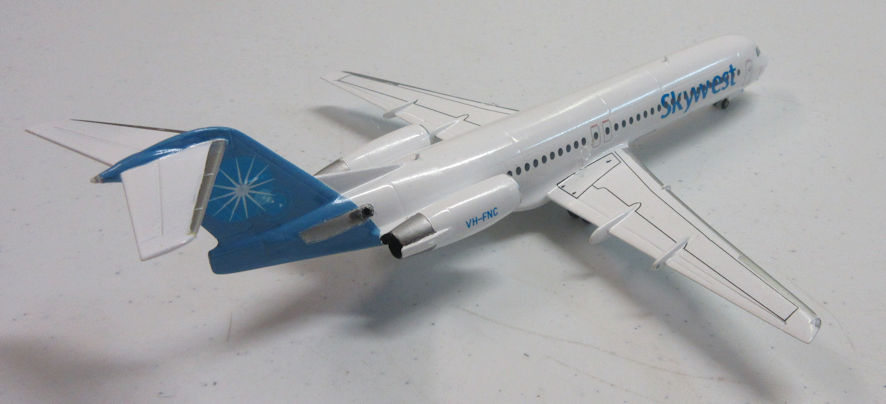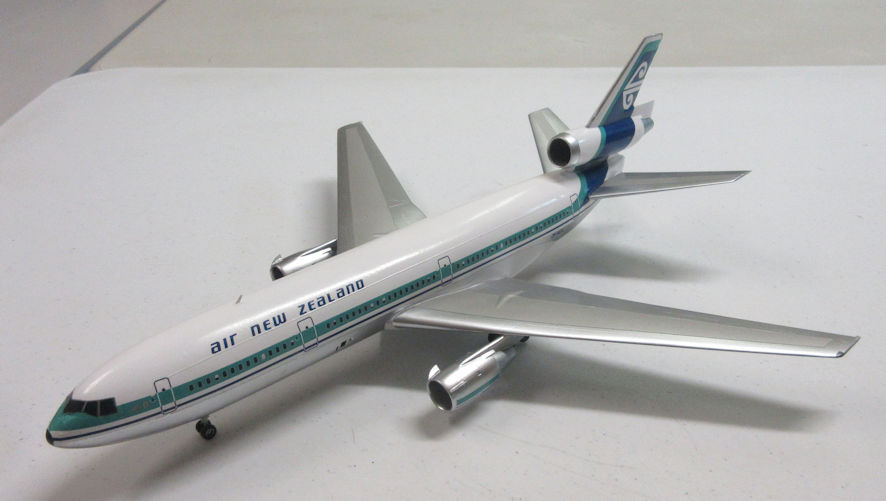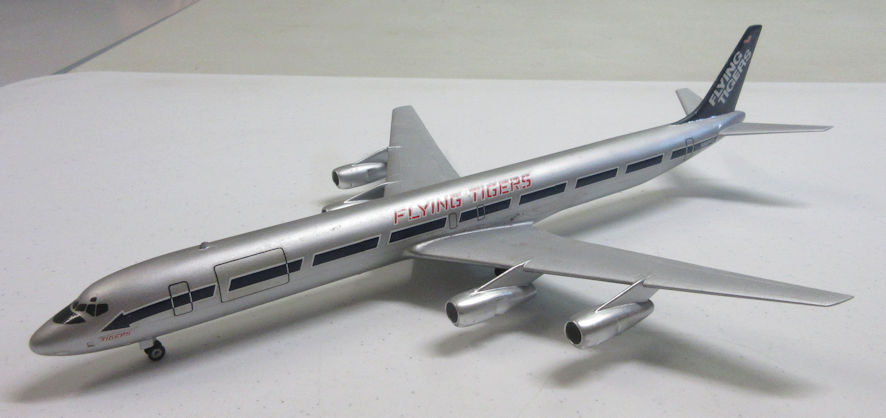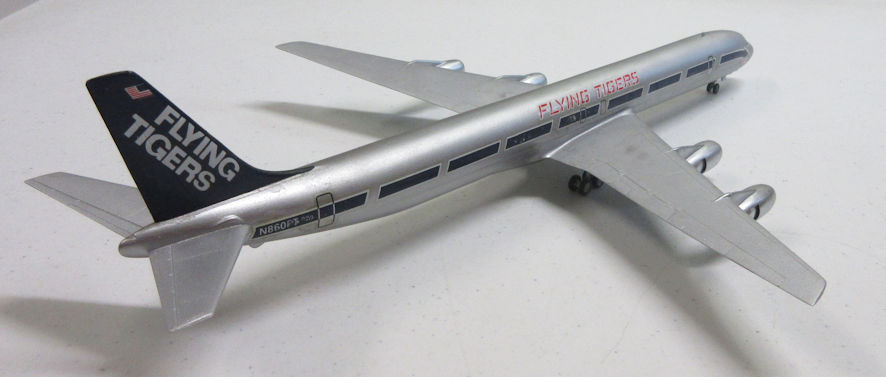Let's start with the last of the Fokker F-27s and Fokker 50s that I'm planning to make. This is the Eastern Express 1/144 kit that comes with Virgin Australia decals. There's nothing very remarkable about this kit which goes together with a minimum of fuss.

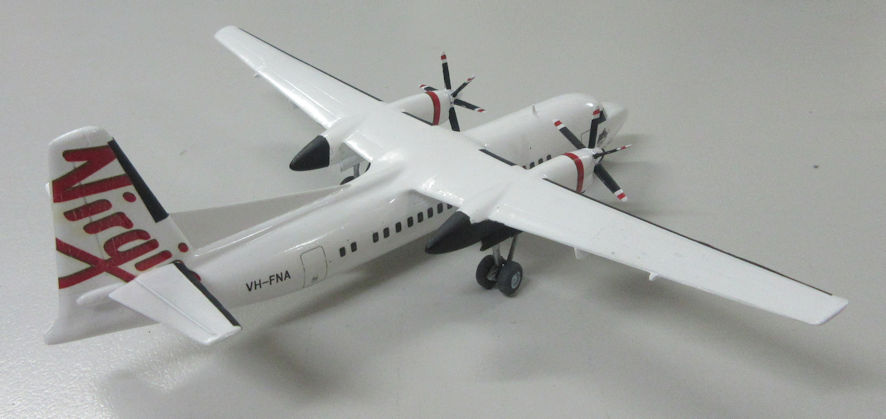
Moving in to 1/72 here are a couple of resin kits. This Castel C.25 originally appeared in Jean Pierre Dujin's little plastic bags but has, more recently, been re-released by FSC Dujin in a cardboard box with the original Dujin resin parts but also a small etch set that provides some seat belts and a rather splendid decal sheet. Only the most foolhardy of modellers would attempt this colour scheme, and I'm not one of them. Even applying these large decals was something of a test of nerves.


I'd never heard of Croco Models until their kit of the Aero Commander 520 (there is also a kit of the 560) appeared in the Aviation Megastore catalogue. An early Aero Commander has been on my 'want' list for decades, and finally here it is. The resin casting is very good but the crash moulded transparencies are very poor by comparison, so the trouble I went to to make the cabin look interesting is lost. There are the usual fit problems, and trying to sand flat the wing and tail junctions with the fuselage - without damaging the control surface corrugations - was a challenge. As well as these civil markings, the kits comes with US Army and US Air Force decals. I'd recommend this kit to anyone who already has some experience with resin kits.


On the military side; I've been looking for something to replace my very old Modelmaster Armee de l'Air camouflage paints. I haven't been happy with the acrylics I've seen so I was delighted to see that Hakata had released a set of French colours in lacquers. I am not happy with the green in the set and have chosen a green from the new AK Real Color lacquers instead, but I am delighted by the quality of the Hataka lacquers and will be using them a lot in the future.
As a test for these new paints I decided to have a go at making the Bloch 150 series fighters, starting with the RS Models Bloch 151. It has a nice little cockpit, but you can't see very much of it since it is finished in the French dark blue grey scheme. The Hataka paint flows very nicely through the airbrush and required only two coats for good coverage. I hand painted the other top side camouflage, which would have been a disaster with the old Modelmaster paint. I'm declaring myself well pleased with this new paint and you can expect to see a couple of Bloch 152s, a 153 and a 155 in the forseeable future as a result.


Delving back into the mists of time here are two that I made previously
The F-Rsin Bristol Brabazon is the first kit that I paid over $100 for. That seemed outrageous at the time but is becoming more common these days. It is a difficult kit in that the moulding is the wing trailing edges was very uneven and I had to replace them with plasticard. Painting this kit was the first time that I used Tamiya TS-83 and I didn't read the instructions about using a black base. As a result, the finish is a bit uneven, but the thing does glow fantastically. I have plans to repaint this model one of these days, but I'm not feeling brave enough at the moment.


I don't quite remember when I made this but it is finished in ye olde Testors Metalizer, which nobody uses any these. I know that it is a difficult paint to use in many ways but on this WB-47 (an ancient Hasegawa kit) it looks fairly realistic for an aeroplane that has seen a lot of flying.



